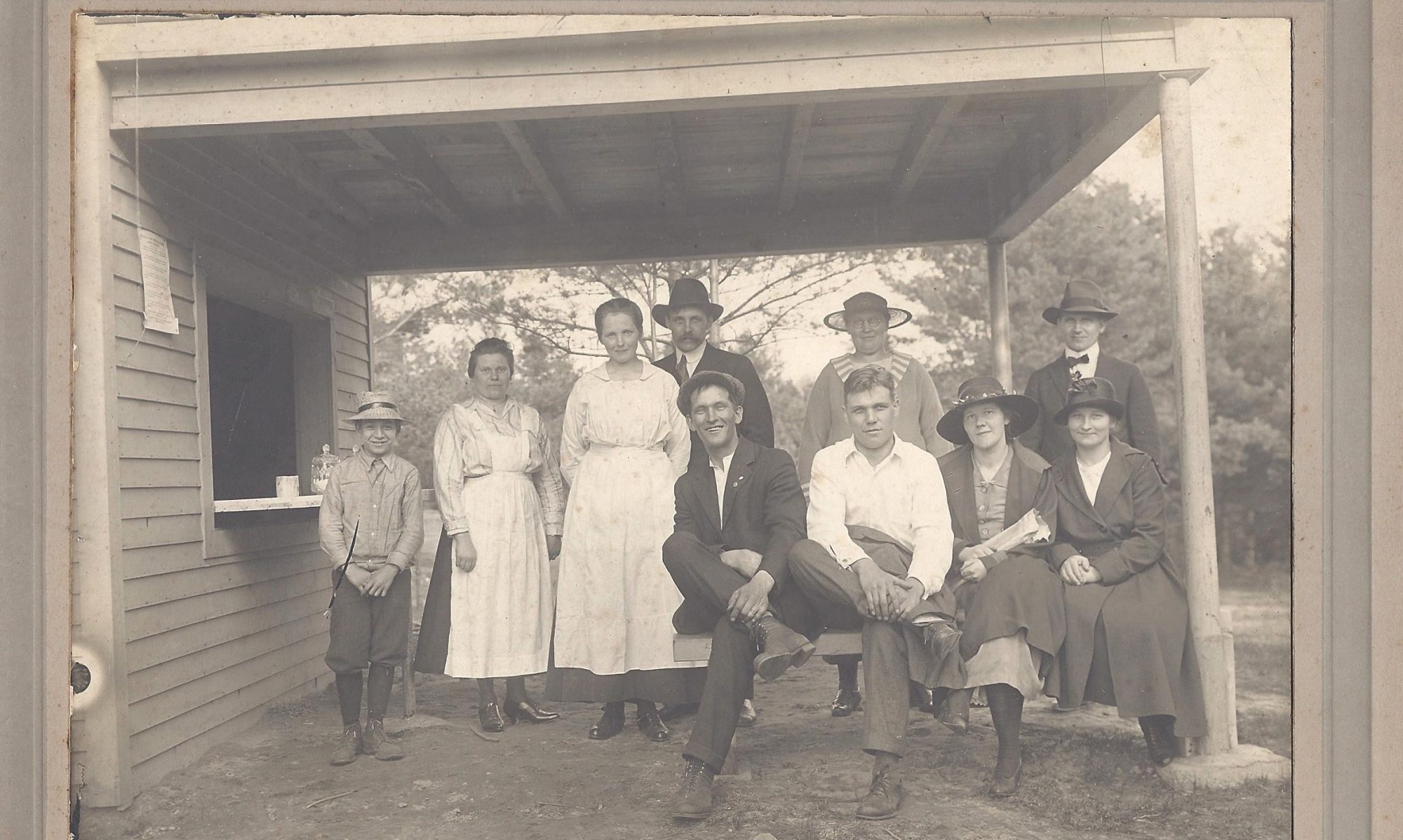Like most every town in the United States, Native American populations inhabited the area around Newport prior to the arrival of even the first colonial settlers. In this case, the Sunapee was the most predominant tribe in the region. There is no evidence that the Sunapee ever lived where Newport was built. However, there was one important route for the Sunapee that would pass the future site of where Newport would one day be built and that was, “The Sunapee trail, referred to as both Sugar River Trail and the Sen-nipi Trail, follows the banks of the Sugar River from Claremont to Lake Sunapee and is listed by the New Hampshire Archeological Society as one of the major Native American waterways in New Hampshire.”[1] Water was of central importance to the Sunapee for navigation, and the Sugar River would later prove invaluable to nineteenth century Newport. While the Sunapee Tribe inhabited Newport for some time, “by the end of the 1600’s most of New Hampshire’s native population had removed to Quebec”[2]. In other words they were forced to leave due to encroaching white settlement because, “by the time Newport’s first settlers arrived in 1766, ninety-eight percent of the Native Americans who once lived in New Hampshire were gone.”[3] So far, extremely little has been discovered on the Sunapee’s reactions to leaving their homeland. There were also Abenakis that traveled through the region, but little has been done on discussing them.
Sadly this project is not focused on the Native American history of New Hampshire and Kerrin and Patrick would like to see more research done on their history not just in Newport, but throughout the the United States as well.
Previous Page: Newport Before the Finns
Next Page: Arrival of White Colonial Settlers
[1] Mary Lou McGuire, and Raymond Reid. Newport, New Hampshire in Time and Place (Newport: Richards Free Library, 2017), 3.
[2] McGuire, 3.
[3] McGuire, 3.
